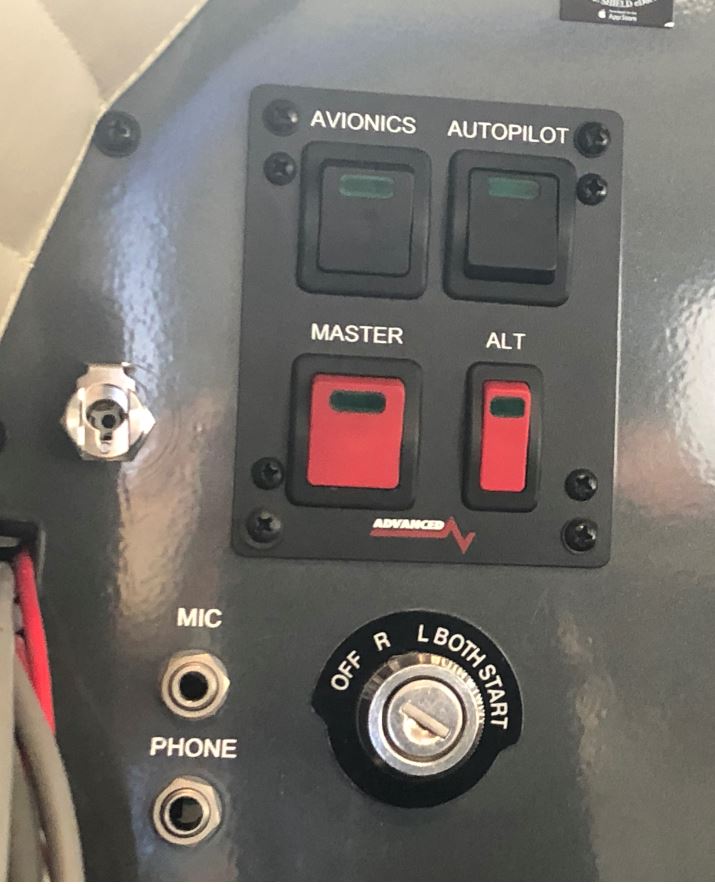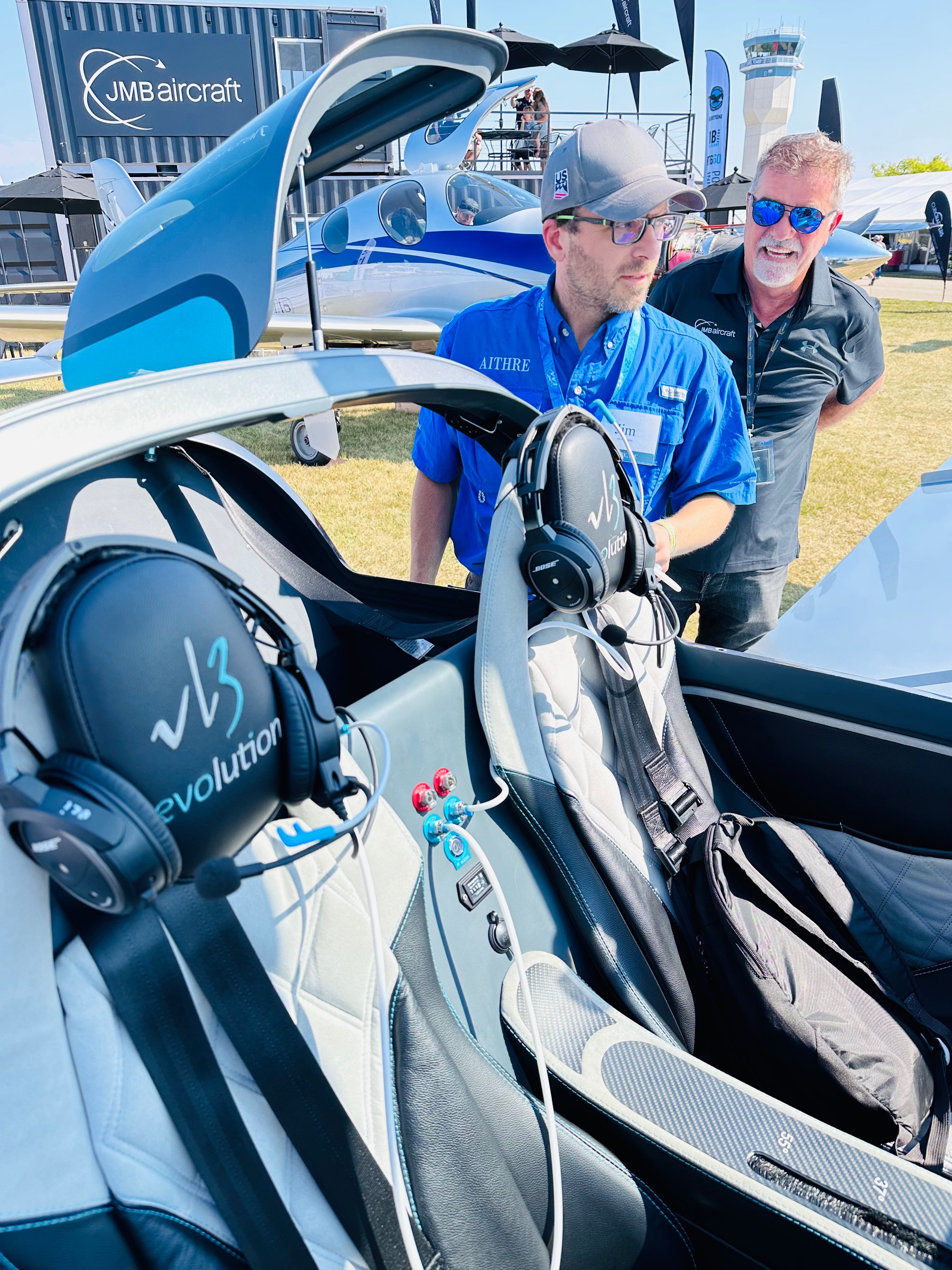I have had 1 dual USB plug in my RV-10 since it was completed in 2015. This USB plug was located in the passenger seat on the front panel, which was fine for the passenger in the front seat. But, it didn't work so well for me in the pilot seat or the passengers in the back. What I needed was a USB port for every seat and one in the trunk, but I was surprised to learn the cost of good quality USB plugs. I brought this problem back to the team and we asked ourselves 'how hard could it be'! With the same gusto that we started the RV-10 build in 2010, we got started building our own USB plugs.
Turns out, these USB plugs aren't that easy. For the most part, things were as expected, but we ran into a few hurdles we had to overcome. Mainly, stepping down 12V to 5V for 2 plus amps can generate a lot of heat and the iPhone and iPad use data keys on the middle unused USB pins to unlock fast charging rates.
For the heat issue, our first thought was to use a linear regulator to step down 12V to 5V as we have done with many of our other low voltage projects. But, with 2A being drawn, this is a lot of wattage dissipated as heat. The linear regulators got so hot they would almost burn you to touch them. The solution was found in using switching regulator/inductor combinations that do the same step down without substantial heat generation. These are expensive components and require supporting subcomponent combinations, which explains the cost of USB plugs. We settled on a TI switching regulator designed for low noise, low magnetic inference, and high tolerance for transient voltage spikes.
On the iOS issue, we discovered that it doesn't matter if your USB is rated for 500Amps if you don't provide the right unlock voltage keys on the unused data pins of the USB. Apple requires these voltage levels to unlock the faster charge rates, otherwise you get stuck with 500mA charging even using your large capacity USB plug. There are a few charge rate voltage combinations and while these aren't published by Apple, many have figured out the combination to get the fast charging option. We hardcoded the correct voltages on the data pins to get the fastest charge rates permitted by Apple devices - 1A for iPhones and 2A for iPads. Note the newest type C iPads have an even faster charge rate available that cannot be obtained using the older Type A plugs.
In addition to these solutions, we added reverse current protection and three onboard fuses - one for each plug and one for the whole board. Add this to our recommended 7.5A main aircraft bus fuse and you'll have 4 fuses to ensure that you don't have any electric issues during flight arising from your USB plugs.
We have a 60A alternator and typically only use at most 25A, so I added 5 plugs to our aircraft - for a total of 10 plugs at 2.5 A each. I have one at each seat and then one in the trunk space now.
Lastly, we added a custom Aithre metal placard to cover the non-precision holes that are made to the panels. I don't have a laser cutting tool and most other pilots don't either, so having the placard allows you to quickly get the USB mounted without worrying about the cut.
I can say after the first flight, this is the only upgrade my family was really excited about. Now everyone has their own music and tablet use without complaints of low batteries or missing charger banks. Plus, I can now get everyone to use our Aithre Illyrians and the Aithre Altus tank monitor can get power from the trunk.
These are now available for sale on our website as well as through your aircraft installer shop, including Midwest Panel and Candoit Australia.










